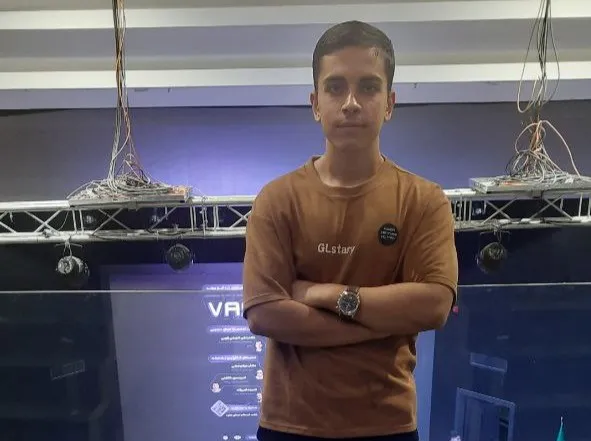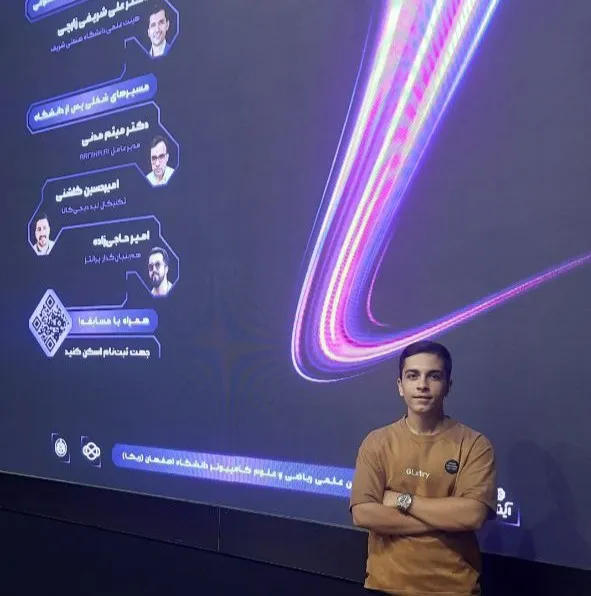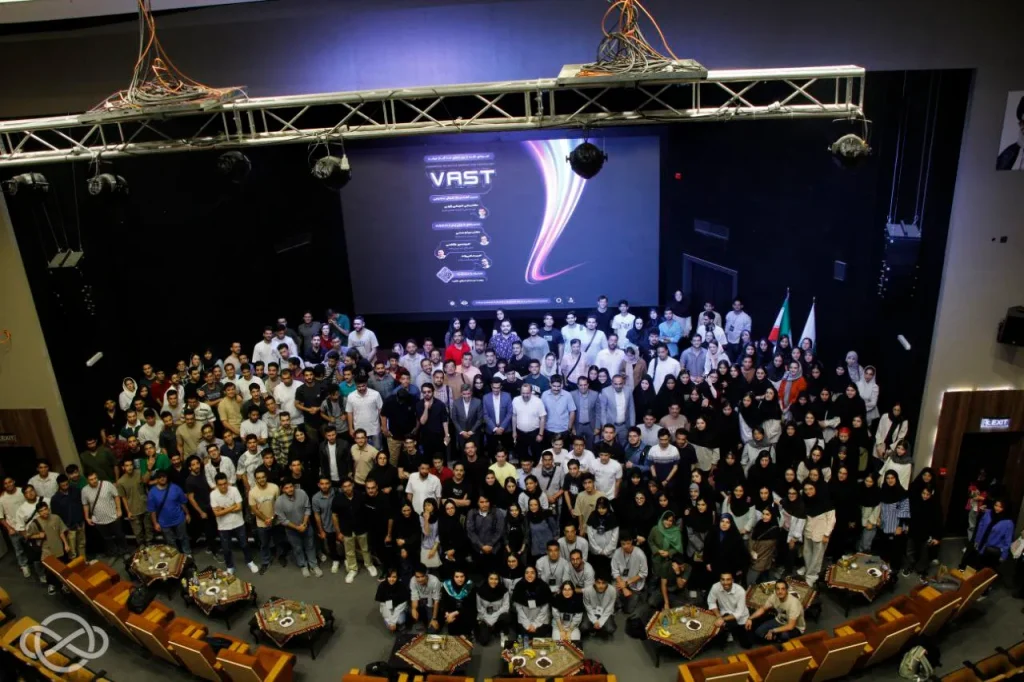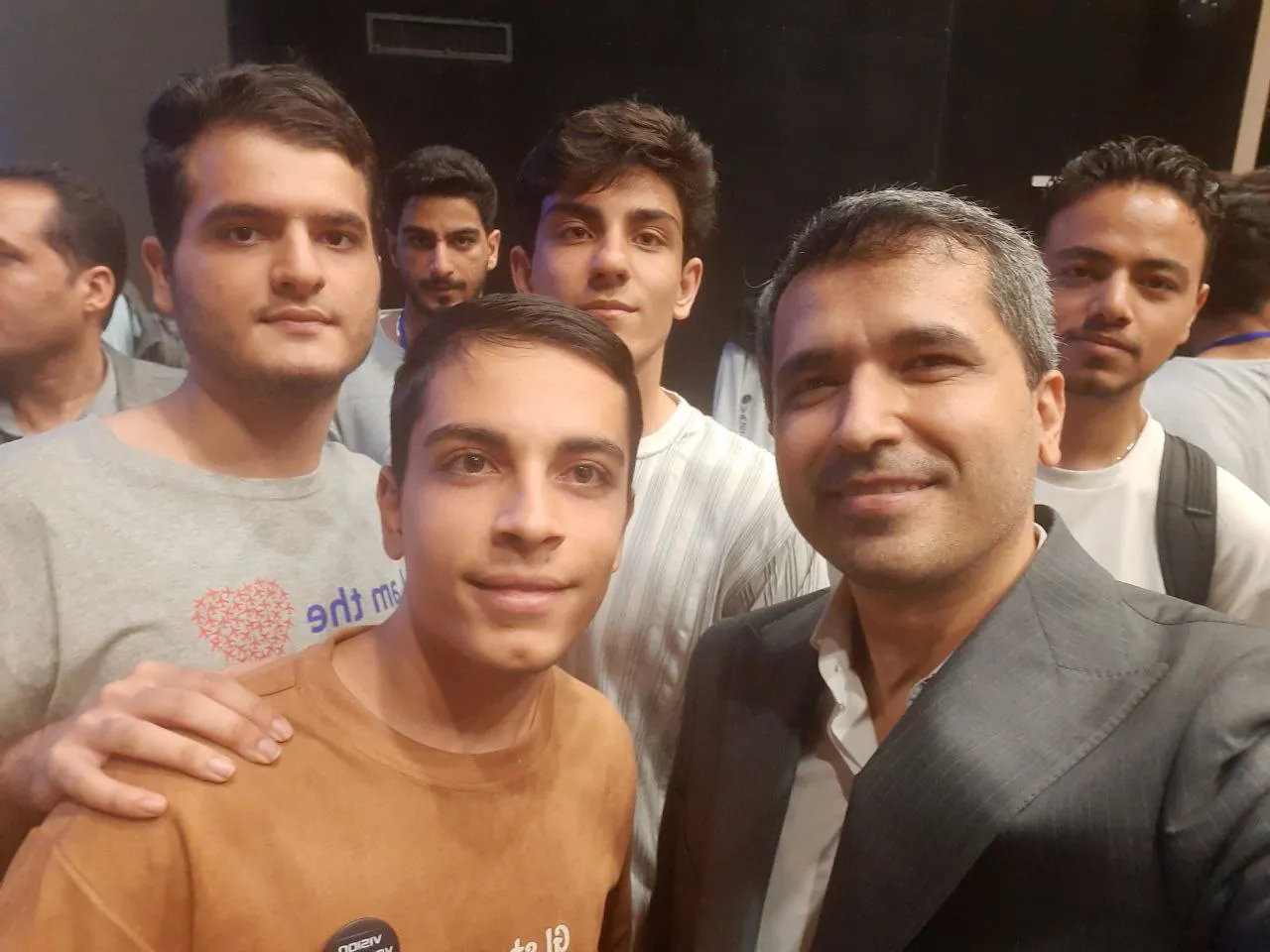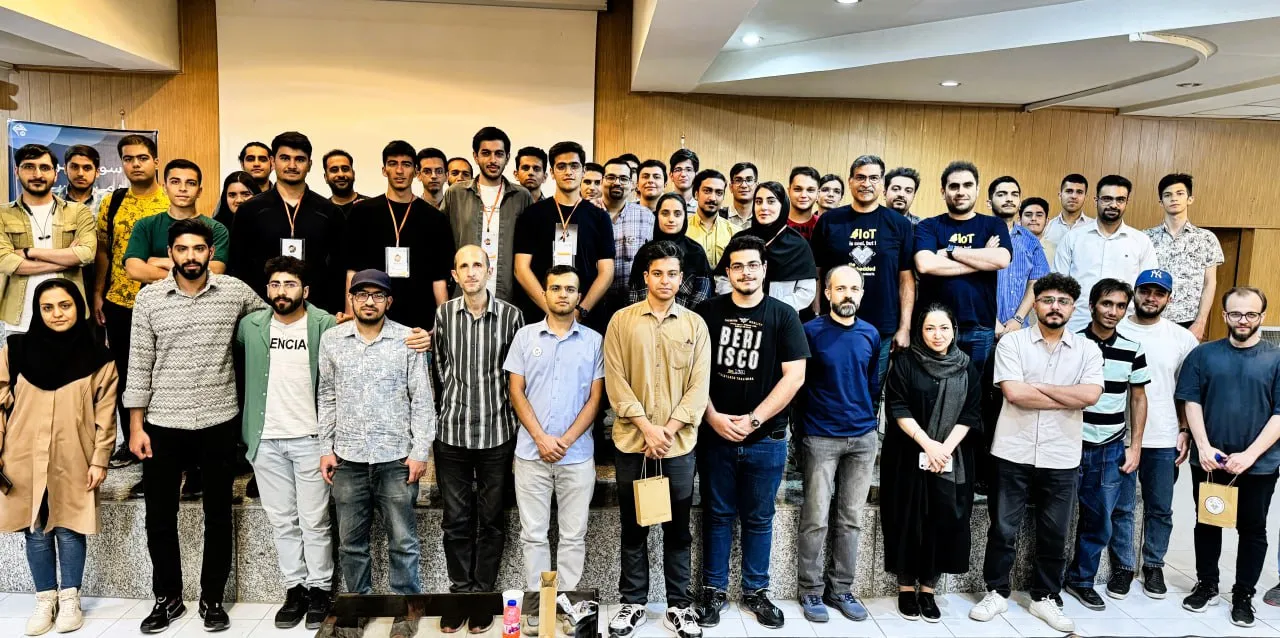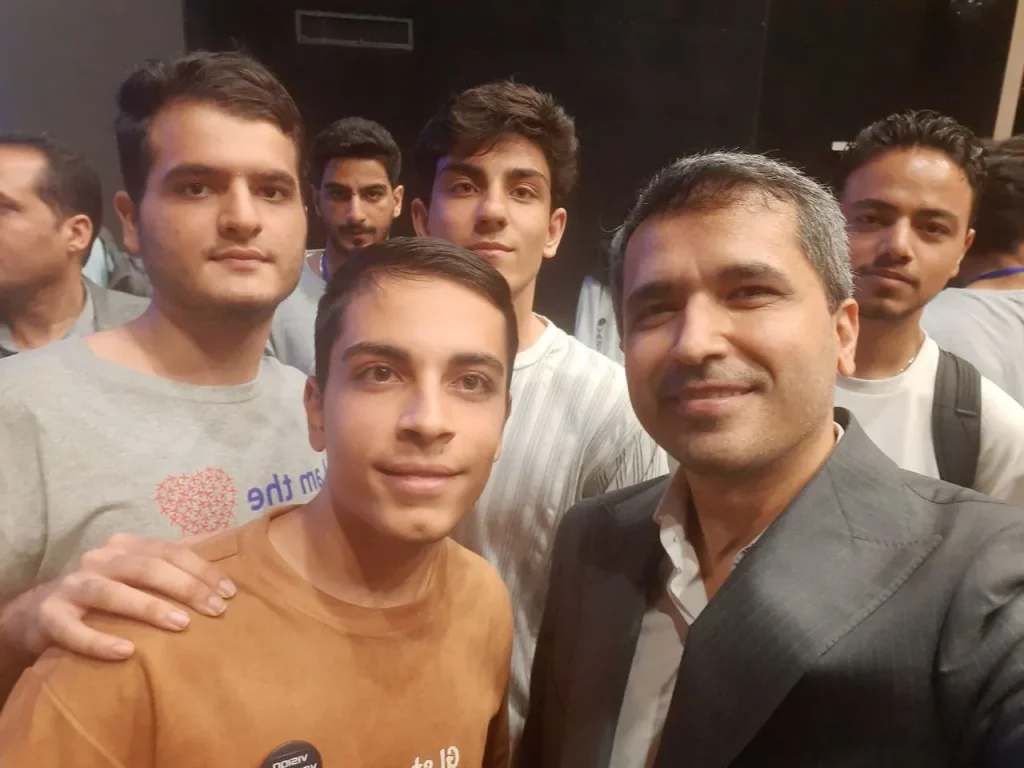
This seminar was held on 5/ 22/2025, and I attended it and was able to get many ideas from its presenters. The presenters were all very influential people in their fields, which made the atmosphere of the seminar much more attractive for the participants.
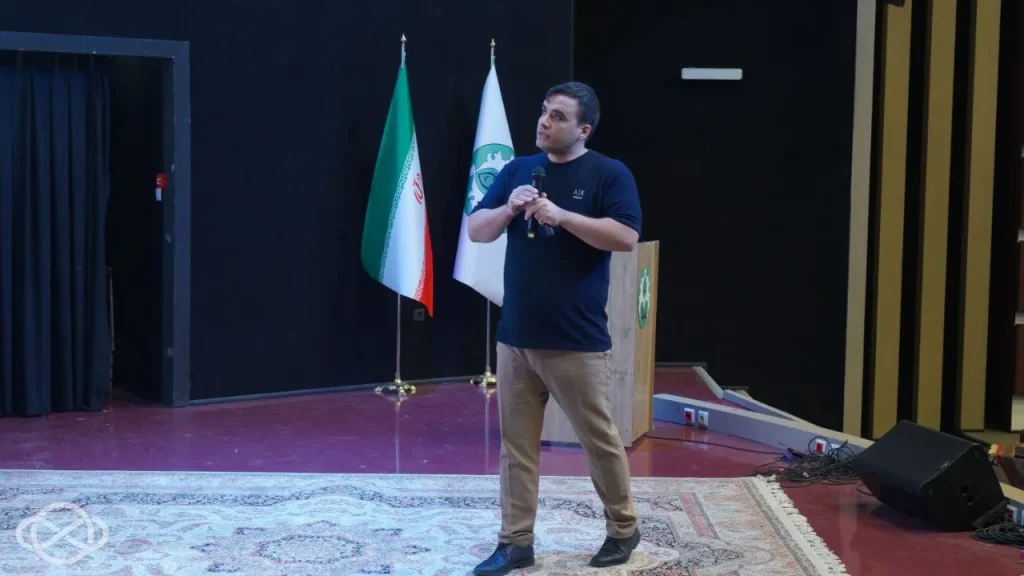
First presentation
The first presentation was by Dr. Madani, a CEO and entrepreneur in the fields of technology and computers. He spoke about the challenges and events that can occur during the evolution of a startup. The presentation of various topics and global data on the performance of startups was very interesting and useful. At the beginning of the talk, he mentioned the duties of people in different layers of a startup:
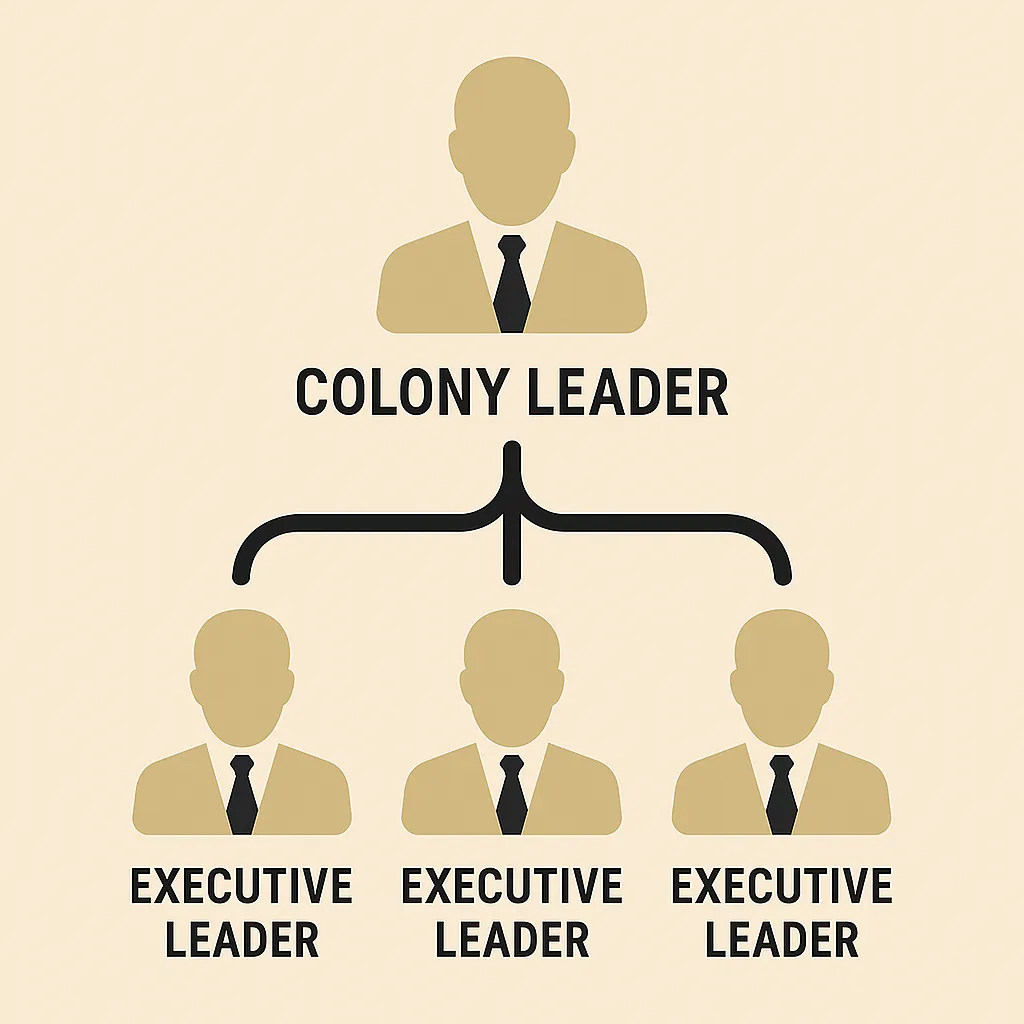
Colony Leaders and Executive Branches
Startup colony leaders refer to individuals who lead independent teams. They align teams to achieve a unified product by consensus and reach a final, unified product. Colony leaders usually have the following characteristics:
- Independence in decision-making: Each colony operates semi-independently, and its leader is responsible for determining the path of growth and development.
- Focus on innovation: Colony leaders typically focus on product development, research and development, and process improvement.
- Coordination with other colonies: To avoid duplication and create synergies, colony leaders must communicate with other teams
Executive branches are parts of a startup that handle operational and management tasks. These branches include the following:
1. Management and Strategy Branch:
Responsible for setting the vision, long-term goals, and strategic planning of the startup.
2. Product Development Branch:
Focuses on designing, developing, and optimizing products and services.
3. Marketing and Sales Branch:
Responsible for attracting customers, advertising, branding, and increasing revenue.
4. Finance and Investment Branch:
Responsible for managing financial resources, attracting investors, and controlling costs.
5. Human Resources Branch:
Responsible for hiring, training, and maintaining organizational culture.
For a startup to succeed, leaders of the colonies and the executive branches must work in harmony, and this communication includes the following:
- Regular meetings to coordinate goals and strategies.
- Using project management tools to track progress.
- Creating a culture of collaboration and transparency in decision-making.
He then said a sentence that stuck in my mind for a long time: “Entrepreneurship means living in the midst of ambiguity.”
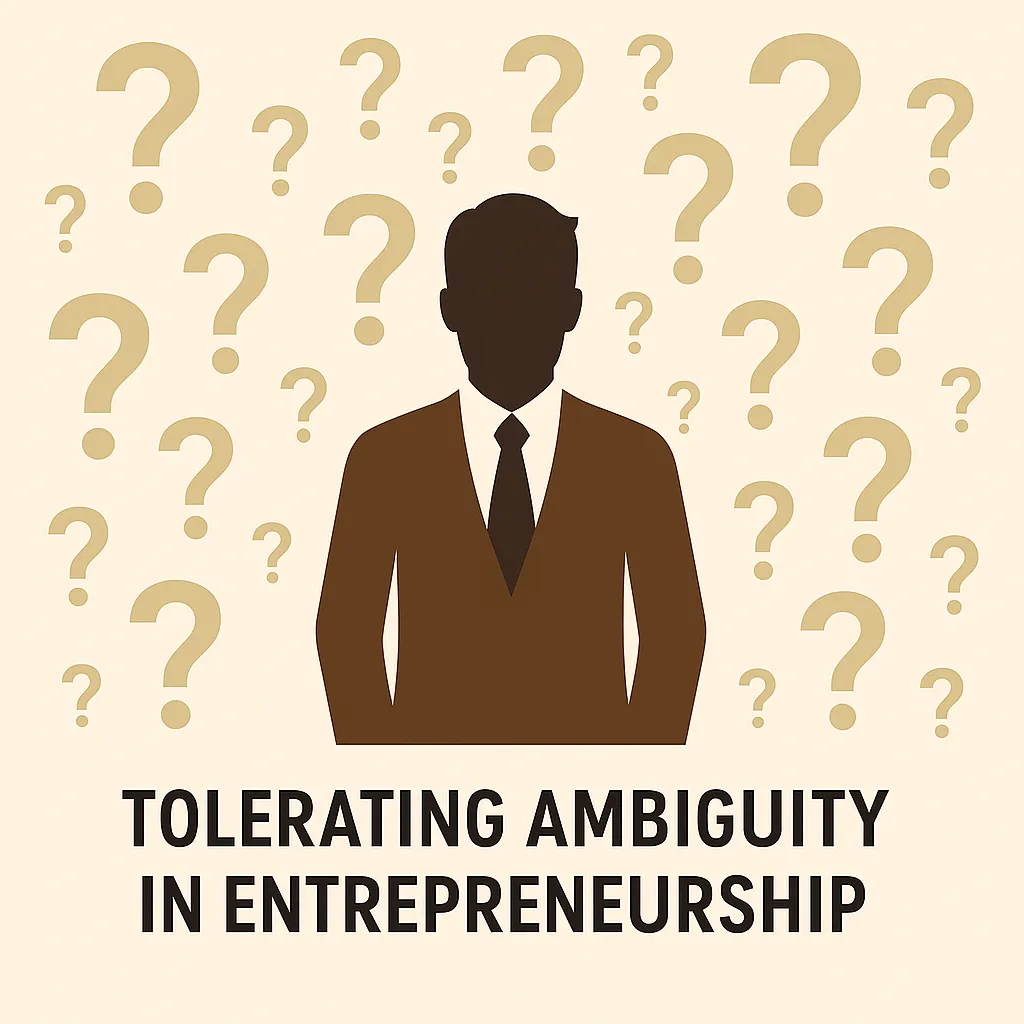
Ambiguity is a constant companion on the path to entrepreneurship
When we enter the world of entrepreneurship, there is no clear roadmap. The path is filled with challenges we have never experienced before, decisions that must be made without certainty, and opportunities that come with risk. Ambiguity is an integral part of this journey.
But it is precisely in the midst of these uncertainties that innovation is born, creativity flourishes, and true leaders are forged. The one who is willing to walk in the darkness, the one who can find the way without knowing the destination, is the one who can make a real difference in the world.
Ambiguity is not a threat / it is an opportunity to grow, to experiment, and to create a future that no one has seen yet.
What does a successful CEO do?
- Direction and Effectiveness: First of all, you need to determine the overall direction of the company. This means knowing where the company is going and making sure everyone is rowing in the same direction. A goal without movement is nothing, so you really need to keep the path alive.
- Coordination within the organization: The role of the leader is to keep the orchestra of the company in tune. From the HR team to the technical department—everyone needs to be in sync to make a piece sound right.
- Coordination between leaders: The CEO should be in constant contact with senior leaders such as the CFO, operations, or marketing, and make sure they all work together like cogs in a wheel. There is disagreement, but no discord.
- Interaction with the board: The board is an observer and a guide. A successful CEO must be able to clearly present big decisions and gain their trust. Not just report, but also communicate.
- Stakeholder engagement: From investors to customers, from media to society—the CEO is the bridge. He or she must project a positive brand image and manage the expectations of all parties.
- Managing personal effectiveness: Finally, a successful CEO must also manage themselves—control their own energy, time, and focus. Because if they falter, the rest of the team will falter
- Note: According to statistics, companies that founders work on are more successful
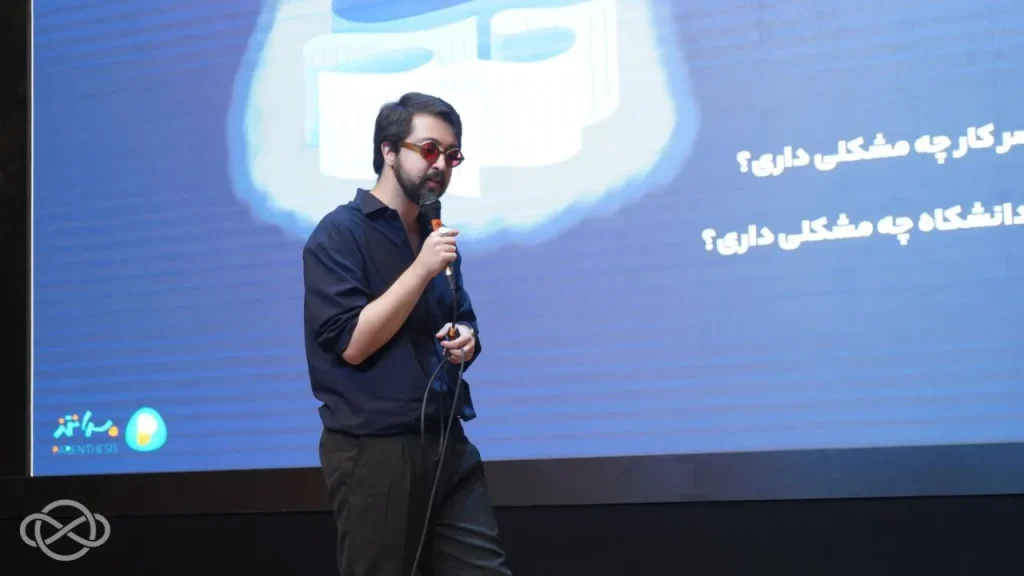
Second presentation
- In the second presentation of the seminar, Mr.Amir Hajizadeh spoke with energy and sincerity about one of the most key and often overlooked topics: human resources in startups
- He said a simple but profound sentence that really stuck in my mind: “A startup without proper human resource management is like a car that has an engine but no gasoline.”

People are more important than ideas
In the fast-paced world of startups, it can be easy to focus solely on the product or the market. But the truth is, it’s the team behind those ideas that makes the difference. That’s why we consider our people to be a critical asset at our company.
Here are 5 key areas we focus on:
1.Creating a real and attractive image of the company (HR Branding): We want people to know what they are getting into. We share the honesty, transparency and values behind our brand with others to attract people who are truly aligned with us.
2.Designing a transparent path to attracting talent (recruitment pipeline): Attracting good people means time, care and recognition. We designed a recruitment system that is both professional and human. That means not only skills, but also personality and cultural adaptability are taken into account.
3.Improving communication with team members: HR management is not just about getting reports—it is about listening, understanding, and creating a safe environment where people can talk freely and grow. We are looking for real conversations with our team, not just formal meetings.
4.Retaining talent, not just attracting them: Startups are a place where things change quickly.But we try to make our team members stay with us, because we believe that people who work with passion and motivation are the main pillars of our progress.
5.Personal and professional growth of the team: We don’t just look at the output of work; the personal and professional growth of each team member is important to us. Workshops, learning opportunities, and constructive feedback are part of our culture
- Note: We believe that a company that respects people will achieve human success
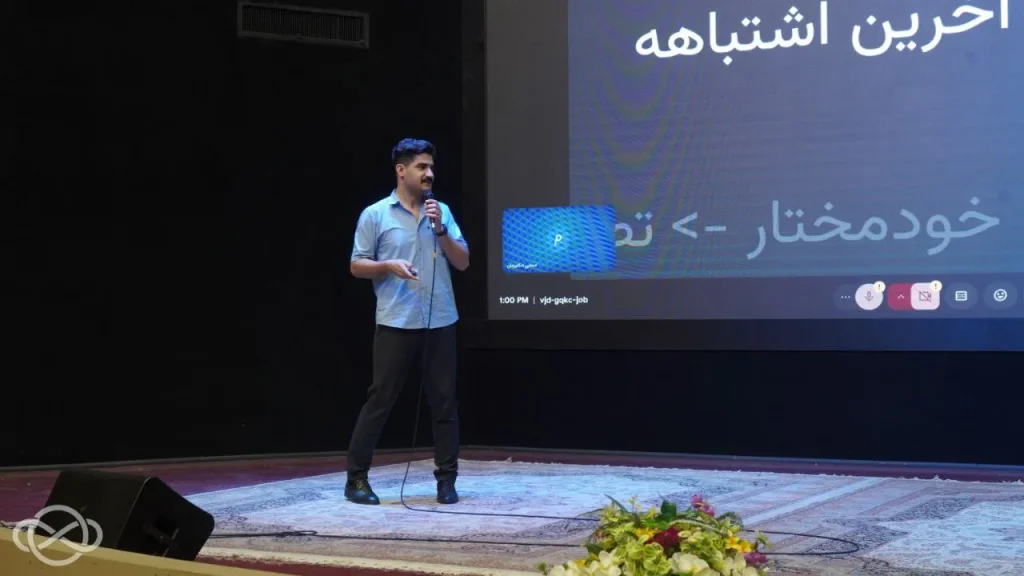
Third presentation
From Experience to Advice; A Pragmatic Look at the Startup Path
- In the third presentation of the seminar, Mr. Amirhossein Golshani talked about his fascinating and ups and downs path—from launching a few startups to collaborating with large, established companies.
- One of the interesting points he made was that startups are a great space for gaining real experience. In his own words: “We can enter startups, use other people’s resources and capital, and gain experience in the field of general practice.”
- He emphasized that collaborating with startups, especially for those at the beginning of their professional journey, is a great opportunity for rapid growth. But for entering any company, he suggested 3 criteria that we should consider:
- It should have appropriate income and income 2. It should lead to valuable learning and experience 3.Preferably short-term collaboration to gain diverse experience
- He believed that periodic collaboration with different startups allows us to gain a broader view of the market and business models.
- He went on to mention a key point about contracts—that transparency in the contract between the employer and the client is the basis for trust and successful cooperation. Often, disputes start where something is not written down or the two parties have different perceptions.
- In the end, he said a golden sentence for those looking to build a product: “Don’t hire as much as you can. First, build a simple, minimal product that makes a good profit.” That is, instead of growing a team without a goal, focus on building a basic version of the product that really works
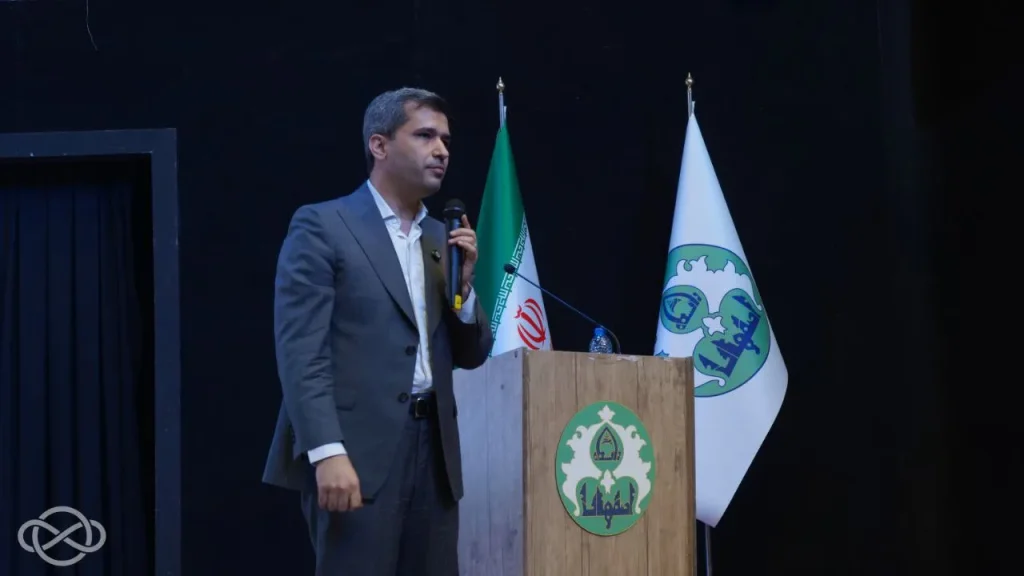
Fourth presentation
- In the fourth presentation by Dr. Ali Sharifi Zarchi, a faculty member at Sharif University of Technology, he addressed one of the most hotly debated and practical topics in today’s world with his eloquent language and extensive experience in various fields of technology: the challenges of developing vital drugs with the help of new technologies, especially artificial intelligence.
- In this presentation, Dr. Sharifi Zarchi, referring to the developments that have occurred in the field of drug development in the past few years, emphasized that artificial intelligence algorithms can play a key role in predicting drug performance, discovering effective compounds, and even designing new molecules. In simpler terms, artificial intelligence is gradually becoming that wonderful assistant that can discover something in a very short time that a team of scientists may not be able to achieve in several years!
- More interestingly, the discussion also extended to genetic therapies.Where AI can identify genetic problems and make suggestions for personalized treatments by analyzing genomic data. For example, instead of treating all patients with the same prescription, AI can help design a drug or treatment method exactly according to each person’s genetic makeup — something called precision medicine.
- Overall, Dr. Sharifi’s talk was not only scientific and precise, but also very inspiring. The path we are taking is one where the boundary between technology and biology is blurring, and the combination of the two has opened up new horizons for medical science
